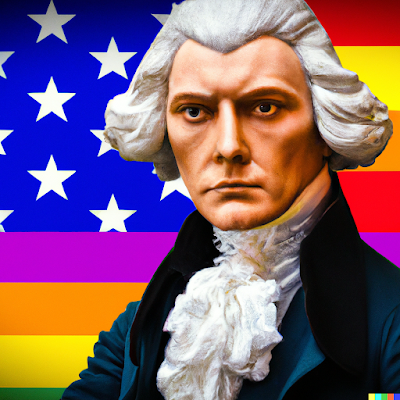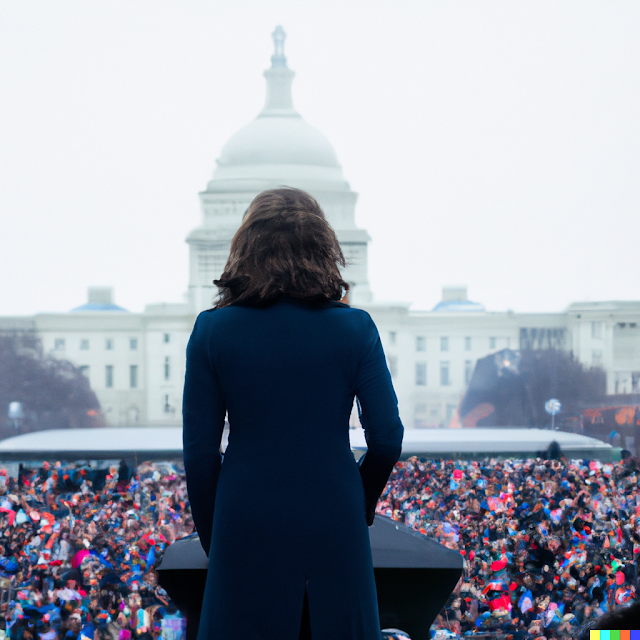Paper #2
Paper #2: insider/outsider (903 Words)
Throughout the history of the United States, minority groups that did not conform to the dominant cultural norms have been subjected to systematic discrimination and marginalization. Among these groups, the LGBTQ community has been particularly targeted, experiencing various forms of oppression, suppression, discrimination, and exclusion from political and social institutions. Despite significant progress in the past few decades, the legacy of this discrimination and marginalization continues to have a profound impact on LGBTQ people today, affecting some members of LGBTQ more than others. By comparing the experiences of LGBTQ groups from the 1960s to the present day, we can see how far we have come but also how much further we have to go in terms of achieving full equality and inclusion.
Starting in the late 60s, the Stonewall Riots marked as a major turning point in LGBTQ+ activism. On June 17, 1969, NYPD officers raided the Stonewall Inn, a gay bar. In the book OUT OF THE PAST: Gay and Lesbian History from 1869 to the Present by Neil Miller states, “The raid on the Stonewall that evening followed the usual pattern of police harassment of gay bars in New York… those who had no identification or who were wearing clothes of the opposite sex were to be taken to police headquarters.” The NYPD raided the bar because they knew it was a prominent gay bar and arrested people who had clothes that didn't match their sex. This was a blatant act of discrimination. Events like the raid on Stonewall are just one example that show a history of police officers and US law unfairly treating minority groups.
In the late 1960s, the Stonewall Riots marked a significant turning point in the fight for LGBTQ+ rights. On June 17, 1969, the New York City Police Department (NYPD) raided the Stonewall Inn, a popular establishment frequented by the gay community. According to Neil Miller's book, OUT OF THE PAST: Gay and Lesbian History from 1869 to the Present, "The raid on the Stonewall that evening followed the usual pattern of police harassment of gay bars in New York… those who had no identification or who were wearing clothes of the opposite sex were to be taken to police headquarters" (Miller, p. 365). However, this time, the patrons of the Stonewall Inn decided to fight back against the police brutality and harassment they had been enduring for years. What followed was a series of protests, demonstrations, and clashes between the police and the LGBTQ+ community that lasted for several days. The Stonewall Inn was not just a bar, but a safe haven for the LGBTQ+ community, who were often ostracized and discriminated against by society. The police raid was a blatant act of discrimination. Still, the Stonewall Riots were a symbol of resistance and a catalyst for change, leading to the emergence of LGBTQ+ activism and advocacy groups across America. Events like the raid on Stonewall are just one example that shows a history of police officers and US law unfairly treating minority groups.
The 70s were actually quite positive for the LGBTQ movement. Homosexuals weren't equal, but they were making progress towards equality. One positive event in the 70s was when the, “U.S. Civil Service Commission announced it would no longer exclude homosexuals from federal employment” (Miller, p. 395). This sets a positive precedent a is marked as paving the way for other government agencies and private companies to start hiring openly gay individuals, which was a significant step towards ending discrimination against the LGBTQ community. Along with the hiring of gay individuals, Homosexuals started to be elected into public office. Such figures included, “Elaine Noble [who] took her seat in the Massachusetts House of Representatives as the nation's first openly gay legislator. In Minnesota, first-term State Senator Allen Spear…, announced his homosexuality in a newspaper interview” (Miller, p. 395). These events demonstrated that the general public was becoming more accepting of the LGBTQ community, and it was possible for LGBTQ individuals to hold positions of power and influence. While it is true that some individuals only came out after they were elected, people like Harvey Milk were able to get elected for his 3rd time openly campaigning as gay. While there were some setbacks overall, the 1970s were a positive period for the LGBTQ movement, as it marked a turning point toward greater equality and acceptance.
Today in 2023, the acceptance rate of LGBTQ individuals is at an all-time high, but opposition is still strong and outwardly public among some people. With Obergefell v. Hodges legalizing gay marriage and Bostock v. Clayton County making it illegal to discriminate based on sexual orientation, the law has supported the rights of LGBTQ individuals. However, the most recent case from SCOTUS, 303 Creative LLC v. Elenis, provides creative businesses the right to refuse LGBTQ customers if they ask them to create something that doesn't align with their beliefs. Throughout American history, we can see a pattern of discrimination against LGBTQ people. However, we can also see a pattern of change. We have been making significant progress towards equality. To say we are equal would would be a lie. But to say we are unequal would also be a lie. It is like we are in between equality and inequality. Will we ever be truly equal? If native Americans, African Americans, and women aren't equal yet, can anyone be truly equal to the white man?
Carter Vaughn 11/01/23
Works Cited Page
Mille, N. (2014). OUT OF THE PAST: Gay and Lesbian History from 1869 to the Present
http://faculty.oxy.edu/ron/csp19/readings/1970s-miller.pdf


Comments
Post a Comment